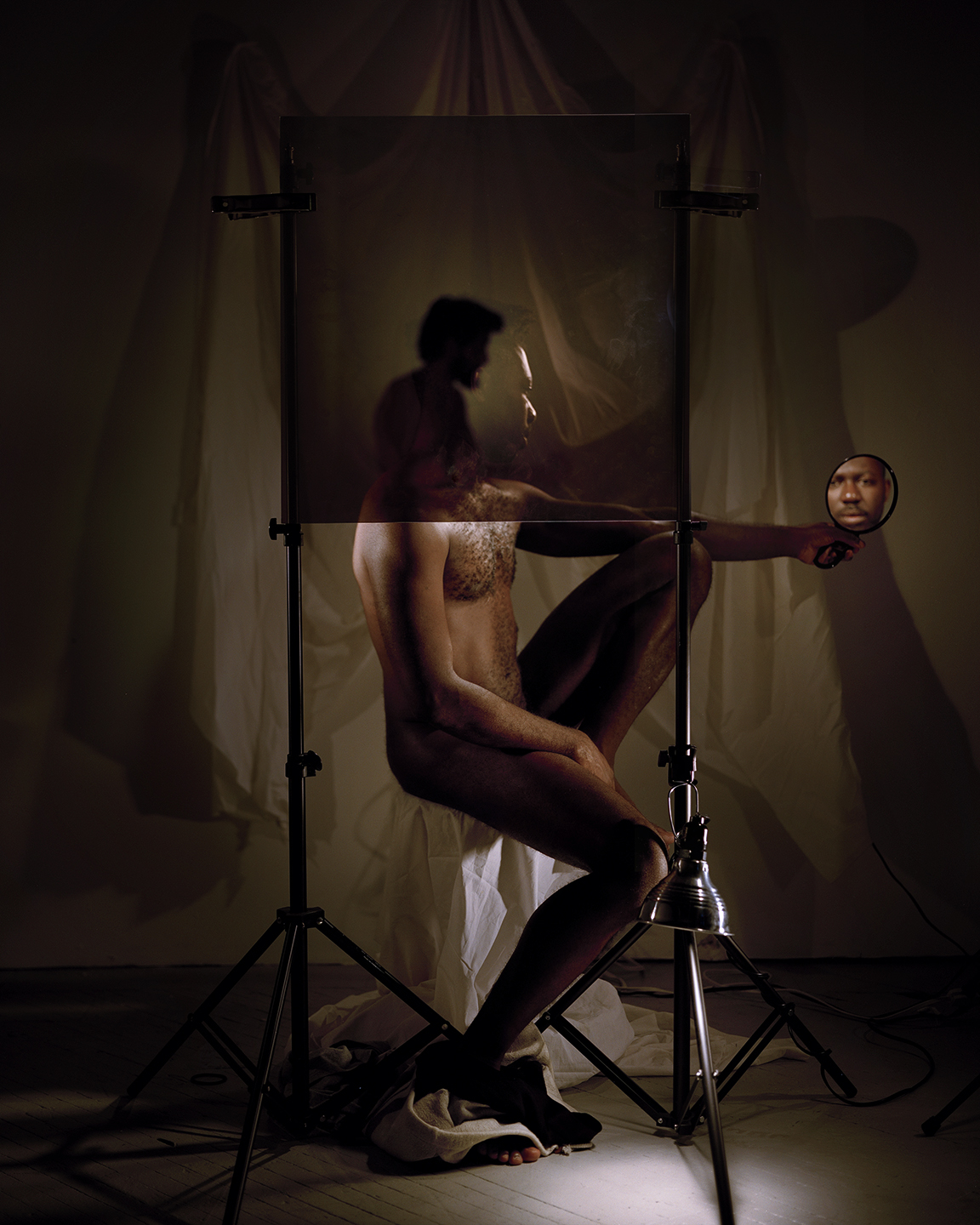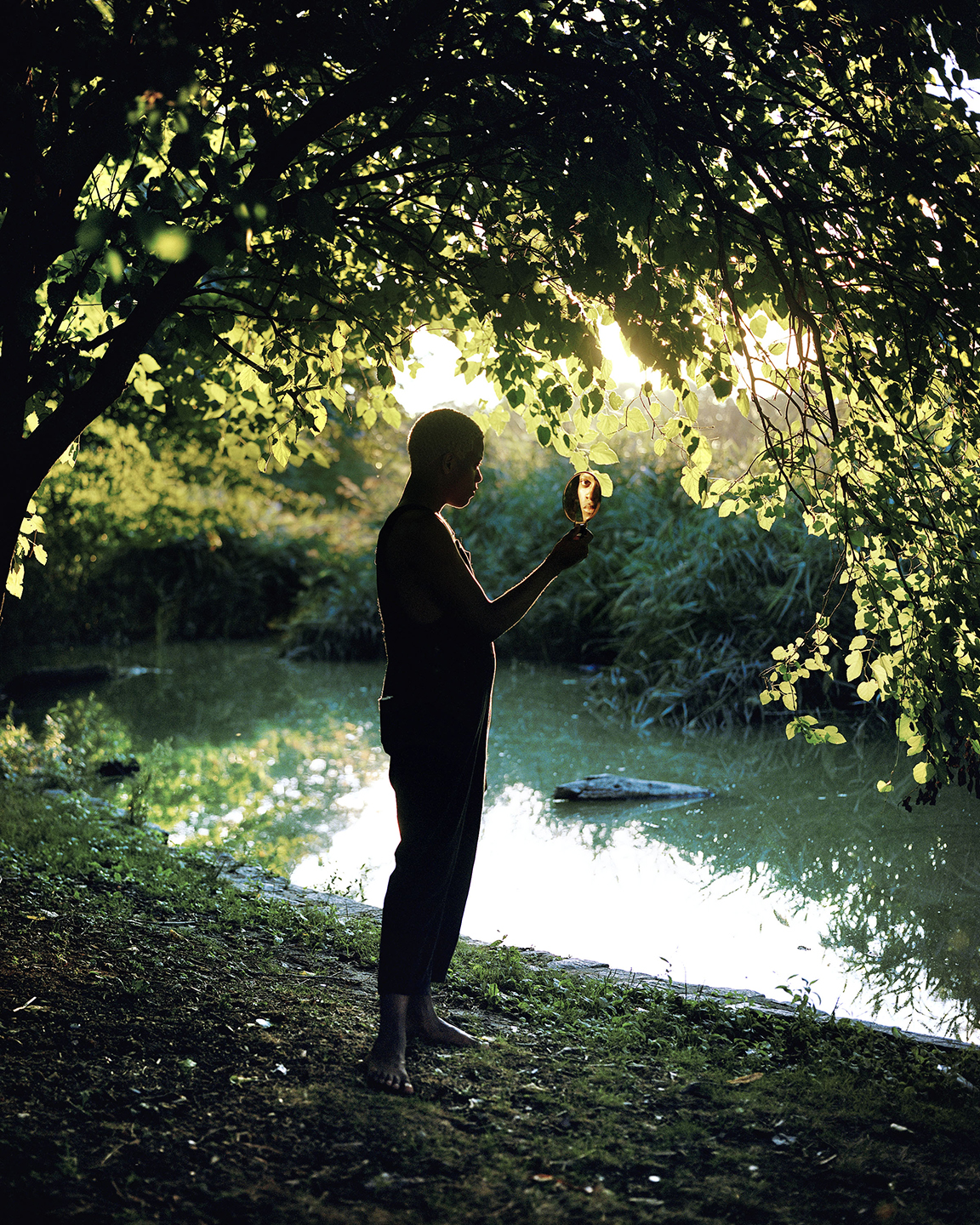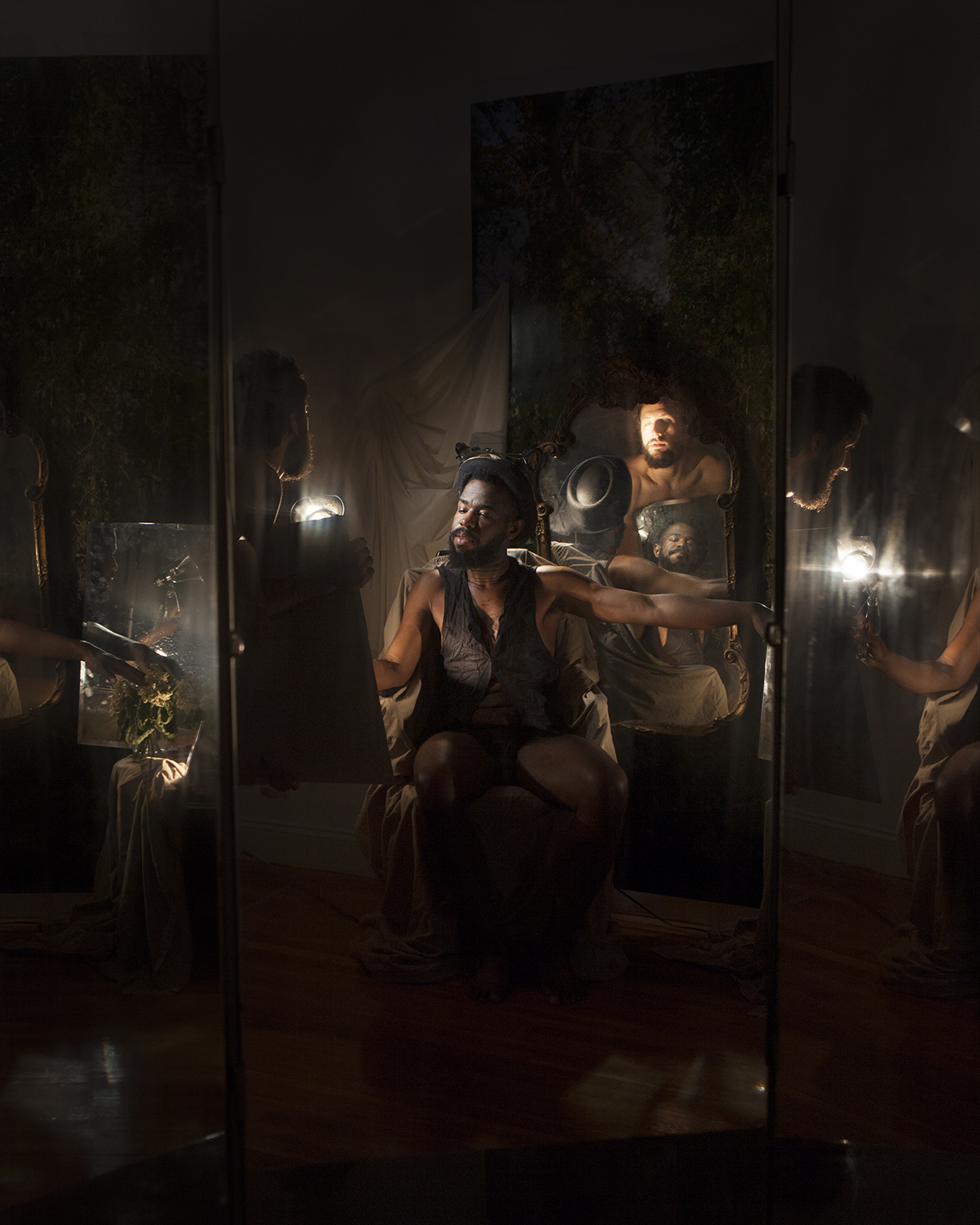In the world of contemporary art, we are inundated by images. From art made to be photographed and shared, to Internet art, and “post-Internet” art, to Instagram and Tumblr celebrities. The normalizing of image making has made one thing clear: if art is not easily Instagrammable, it risks being unnoticed; it risks poor exposure. This prompts a new spin on the thought experiment about trees falling in woods, and yet still, the question remains: if art is not shared, reproduced, perpetuated ad infinitum, does it really matter?
As a medium, photography has a long history of mattering, specifically for the purposes of social progress. From Lewis Hine, whose photographs of child factory workers led to necessary labor reform, to Alice Seeley Harris, who exposed the subhuman exploitation of people in the Congo by Leopold II of Belgium for rubber and ivory. Consider also Robert Mapplethorpe, who drew major attention to homosexual men at a time when most people, particularly President Ronald Reagan, denied their existence, and later, their deaths. More recently, the image of Alan Kurdi, the young Syrian boy found washed up on the shore in Turkey, made by Nilüfer Demir, captured the world’s attention as we watched the swelling numbers of refugees flee their homes for safety. From the beginning, photography has been an arbiter of historical information that sets trends, guides politics, and brings awareness to the unknown.
Other artistic mediums—sculpture, painting, printmaking—speak in metaphors. They are aesthetically advanced, and their histories are long. But photography—youthful, exuberant, still in a relative infancy—remains consequential, speaking not with metaphor but with direct engagement. Here is the place where the morally questionable can still experiment, where the ethics of society can be restaged and forged anew. Here is the place where anyone with Internet access can find identity and, like Carrie Mae Weems, take control of their own history. It is from this place that I create photographs. Using the pre-photographic aesthetic lexicon of nineteenth-century painting, and the contemporary obsession with self-imaging, I create photographs that engage with a world that I struggle to understand and a history I am compelled to confront.
Good photography is not just an emblem from the past; it is history itself. How would we remember the anguish of the dust-bowl era without Dorothea Lange’s searing portrait of a migrant mother or understand adolescence without Rineke Dijkstra’s beautifully empathetic portraits? Exposure is not about baring it all but about revealing a point of view that remains unknown, a sensibility that must be seen to be understood. Exposure is about Michael Brown’s graduation portrait, Alton Sterling’s family portrait, and images gathered after a mass shooting in South Carolina, or San Bernadino, or Orlando. Exposure is about an image of President Barack Obama embracing a Hiroshima survivor or of First Lady Michelle Obama on the cover of Vogue. Exposure is about Annie Leibovitz’s portrait of Caitlyn Jenner or the first all-transgender ad campaign by & Other Stories. Photography matters not just because it is easily reproducible but because within every frame there is the potential to unlock a new discovery for humanity, a new way of feeling or seeing or thinking, a formulation of identity and self worth. Photographs that endure call forth the past from the lost moments of time to animate us in the present and reinvigorate us from the depths of our own individual spirits. Choose your angles wisely.







